- Follow Us
Scientific Publications
High-profile publications featuring CDI Labs next-gen proteomics technologies and services
276 Total Publications
Refine Your Search
Publication Details
- Date
- Link
- + Abstract

Journal of Breast Cancer
- Main Product: HuProt
- HuProt: Identification of the Thioredoxin-Like 2 Autoantibody as a Specific Biomarker for Triple-Negative Breast Cancer
- Jee Min Chung, Ho Chul Kang, et. al.
- Genomic Instability Research Center, Ajou University School of Medicine
Triple-negative breast cancer (TNBC) has a higher risk of death within 5 years of being diagnosed than the other forms of breast cancer. It is the second leading cause of death due to cancer among women. Currently, however, no diagnostic blood-based biomarker exists to identify the early stages of TNBC. To address this point, we utilized a human protein microarray system to identify serum autoantibodies that showed different expression patterns between TNBC and normal serum samples, and identified five autoantibodies showing TNBC-specific expression.

Nature Methods
- Main Product: HuProt
- A toolbox of immunoprecipitation-grade monoclonal antibodies to human transcription factors
- Anand Venkataraman, Blackshaw Seth, et. al.
- Johns Hopkins Medicine, Dept of Neuroscience
HuProt Antibody Specificity: AA key component of efforts to address the reproducibility crisis in biomedical research is the development of rigorously validated and renewable protein-affinity reagents. As part of the US National Institutes of Health (NIH) Protein Capture Reagents Program (PCRP), we have generated a collection of 1,406 highly validated immunoprecipitation- and/or immunoblotting-grade mouse monoclonal antibodies (mAbs) to 737 human transcription factors, using an integrated production and validation pipeline. We used HuProt human protein microarrays as a primary validation tool to identify mAbs with high specificity for their cognate targets.

Biochimica et Biophysica Acta - Elsevier
- Main Product: HuProt
- HuProt: Disruption of Ssp411 causes impaired sperm head formation and male sterility in mice
- Miao Liu, Huijuan Shi, et. al.
- NHFPC Key Lab of Reproduction Regulation, SIPPR, Pharmacy School, Fudan University
HuProt PPI: We previously cloned the Ssp411 gene. We found that the Ssp411 protein is predominantly expressed in elongated spermatids in the rat testis in a stage-dependent manner. Although our findings strongly suggested that Ssp411 might play an important role in mammalian spermatogenesis, this hypothesis has not been studied.
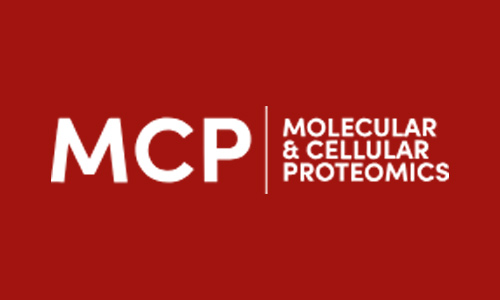
Molecular & Cellular Proteomics
- Main Product: HuProt
- HuProt: Multiplexed Biomarker Panels Discriminate Zika and Dengue Virus Infection in Humans
- Guang Song, Heng Zhu, et. al.
- Dept of Pharmacology & Molecular Sciences; Johns Hopkins Medicine
HuProt Enzyme: Zika virus (ZIKV) and dengue virus (DENV) are closely related flaviviruses that cause widespread, acute febrile illnesses, notably microcephaly for fetuses of infected pregnant women. Detecting the viral cause of these illnesses is paramount to determine risks to patients, counsel pregnant women, and help fight outbreaks. A combined diagnostic algorithm for ZIKV and DENV requires Reverse transcription polymerase chain reaction (RT-PCR) and IgM antibody detection. RT-PCR differentiates between DENV and ZIKV infections during the acute phases of infection, but differentiation based on IgM antibodies is currently nearly impossible in endemic areas.
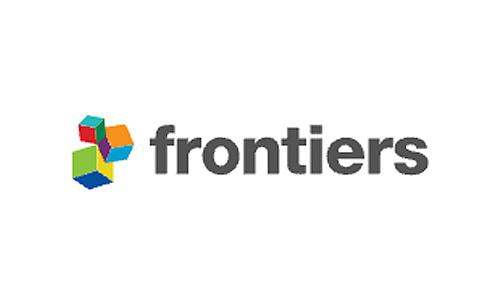
Frontiers in Immunology
- Main Product: HuProt
- PUB: Herpesvirus Infection Induces both Specific and Heterologous Antiviral Antibodies in Carp
- Julio M. Coll
- Departamento Biotecnología, Instituto Nacional Investigaciones y Tecnologías Agrarias y Alimentarias
HuProt Small Molecule: IgM antibody diversity induced by viral infection in teleost fish sera remains largely unexplored despite several studies performed on their transcript counterparts in lymphoid organs. Here, IgM binding to microarrays containing ~20,000 human proteins was used to study sera from carp (Cyprinus carpio) populations having high titers of viral neutralization in vitro after surviving an experimental infection with cyprinid herpes virus 3 (CyHV-3). The range of diversity of the induced antibodies was unexpectedly high, showing CyHV-3 infection-dependent, non-specific IgM-binding activity of a ~20-fold wider variety than that found in sera from healthy carp (natural antibodies) with no anti-CyHV-3 neutralization titers.

Nature Cell Death & Disease
- Main Product: HuProt
- HuProt: The cytomegalovirus protein US31 induces inflammation through mono-macrophages in systemic lupus erythematosus by promoting NF-κB2 activation
- Gangqiang Guo, Xiangyang Xue, et. al.
- Dept of Microbiology and Immunology, Wenzhou Medical University
HuProt PPI: It has been hypothesized that human cytomegalovirus (HCMV) infection, especially in monocyte and CD34 (+) myeloid cells, acts as a important regulator of immune system to promote inflammation in multiple autoimmune diseases. The aim of this study was to elucidate the HCMV gene expression profiles in the peripheral blood mononuclear cells (PBMCs) of SLE patients and demonstrate the effect and mechanism of viral gene associated with SLE in mono-macrophages functions. Using two RNA-Seq techniques in combination with RT-PCR, 11 viral genes mainly associated with latent HCMV infection were identified in the PBMCs of SLE patients. Among these viral genes, US31 with previously unknown function was highly expressed in the PBMCs of SLE patients compared to healthy controls.
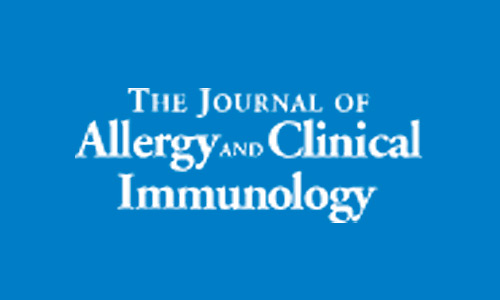
Journal of Allergy and Clinical Immunology
- Main Product: HuProt
- HuProt: Biallelic interferon regulatory factor 8 mutation: A complex immunodeficiency syndrome with dendritic cell deficiency, monocytopenia, and immune dysregulation
- Venetia Bigley, Sheetal Maisuria, Urszula Cytlak, Laura Jardine, Matthew A. Care, Kile Green, Merry Gunawan, Paul Milne,...
- Newcastle University Medical School
The homozygous K108E mutation of interferon regulatory factor 8 (IRF8) is reported to cause dendritic cell (DC) and monocyte deficiency. However, more widespread immune dysfunction is predicted from the multiple roles ascribed to IRF8 in immune cell development and function. We sought to describe the effect on hematopoiesis and immunity of the compound heterozygous R83C/R291Q mutation of IRF8, which is present in a patient with recurrent viral infection, granuloproliferation, and intracerebral calcification.
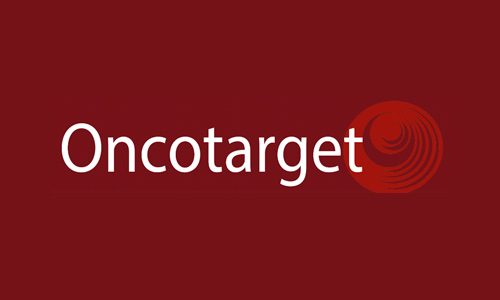
Oncotarget
- Main Product: HuProt
- HuProt: PTMA, a new identified autoantigen for oral submucous fibrosis, regulates oral submucous fibroblast proliferation and extracellular matrix
- Jie Wang, Canhua Jiang, et. al.
- Dept of Oral and Maxillofacial Surgery, Xiangya Hospital, Central South University
Oral submucous fibrosis (OSF) is a chronic, insidious disease. The presence of autoantibodies in sera of OSF patients is the most characteristic and direct evidence of OSF being an autoimmune disease. To identify the specific autoantigens which could contribute to antibody production, the Human Proteome Microarrays composed of 19000 full-length unique proteins were employed. 45 proteins correlated with OSF were identified. To validate these results, we used ELISA to validate 28 OSF-associated autoantigens in extended samples. 8 autoantigens were positive in OSF serum with high frequency compared to the healthy controls.
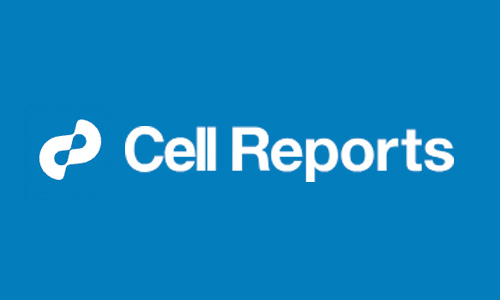
Cell Reports
- Main Product: HuProt
- HuProt: Therapeutic Antibodies to Ganglioside GD2 Evolved from Highly Selective Germline Antibodies
- Eric Sterner Megan L. Peach Marc C. Nicklaus Jeffrey C. Gildersleeve
- Chemical Biology Laboratory, Center for Cancer Research, National Cancer Institute
HuProt Antibody Specificity: Antibodies play a crucial role in host defense and are indispensable research tools, diagnostics, and therapeutics. Antibody generation involves binding of genomically encoded germline antibodies followed by somatic hypermutation and in vivo selection to obtain antibodies with high affinity and selectivity. Understanding this process is critical for developing monoclonal antibodies, designing effective vaccines, and understanding autoantibody formation. Prior studies have found that antibodies to haptens, peptides, and proteins evolve from polyspecific germline antibodies. The immunological evolution of antibodies to mammalian glycans has not been studied.
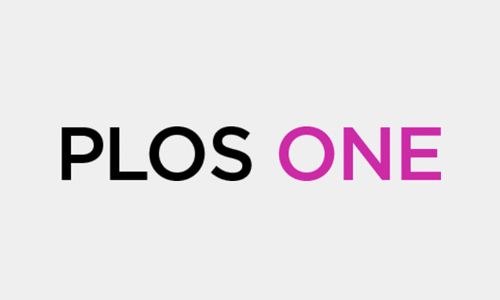
PLOS ONE
- Main Product: HuProt
- HuProt: High-resolution physicochemical characterization of different intravenous immunoglobulin products
- Nathaniel Washburn, Carlos J. Bosques, et. al.
- Research, Momenta Pharmaceuticals, Cambridge
HuProt PPI: Intravenous immunoglobulin (IVIg) is a complex mixture drug comprising diverse immunoglobulins and non–IgG proteins purified from the plasma of thousands of healthy donors. Approved IVIg products on the market differ regarding source of plasma, isolation process, and formulation. These products are used widely, and often interchangeably, for the treatment of immunodeficiency and autoimmune and inflammatory diseases, but their mechanisms of action in different indications are not well understood.